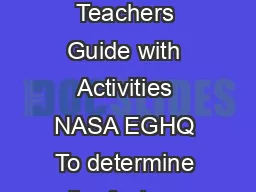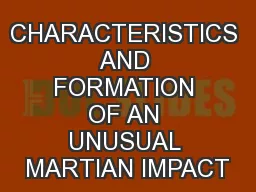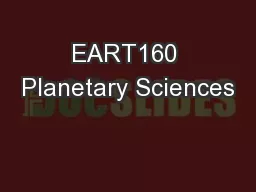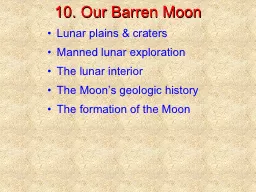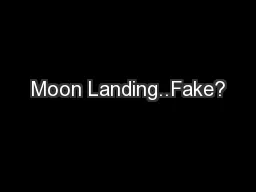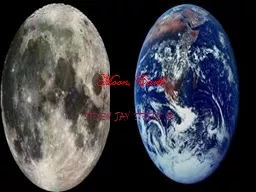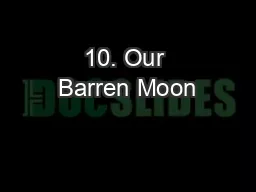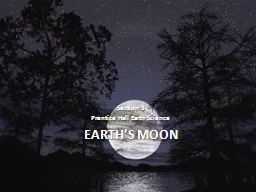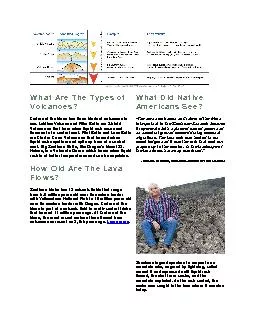PDF-Impact Craters Teacher Page Exploring the Moon A Teachers Guide with Activities NASA
Author : danika-pritchard | Published Date : 2015-03-12
Background also see Teachers Guide Pages 1 2 photo on 8 12 and photo on 13 The circular features so obvious on the Moons surface are impact craters formed when impactors
Presentation Embed Code
Download Presentation
Download Presentation The PPT/PDF document "Impact Craters Teacher Page Exploring th..." is the property of its rightful owner. Permission is granted to download and print the materials on this website for personal, non-commercial use only, and to display it on your personal computer provided you do not modify the materials and that you retain all copyright notices contained in the materials. By downloading content from our website, you accept the terms of this agreement.
Impact Craters Teacher Page Exploring the Moon A Teachers Guide with Activities NASA: Transcript
Download Rules Of Document
"Impact Craters Teacher Page Exploring the Moon A Teachers Guide with Activities NASA"The content belongs to its owner. You may download and print it for personal use, without modification, and keep all copyright notices. By downloading, you agree to these terms.
Related Documents

